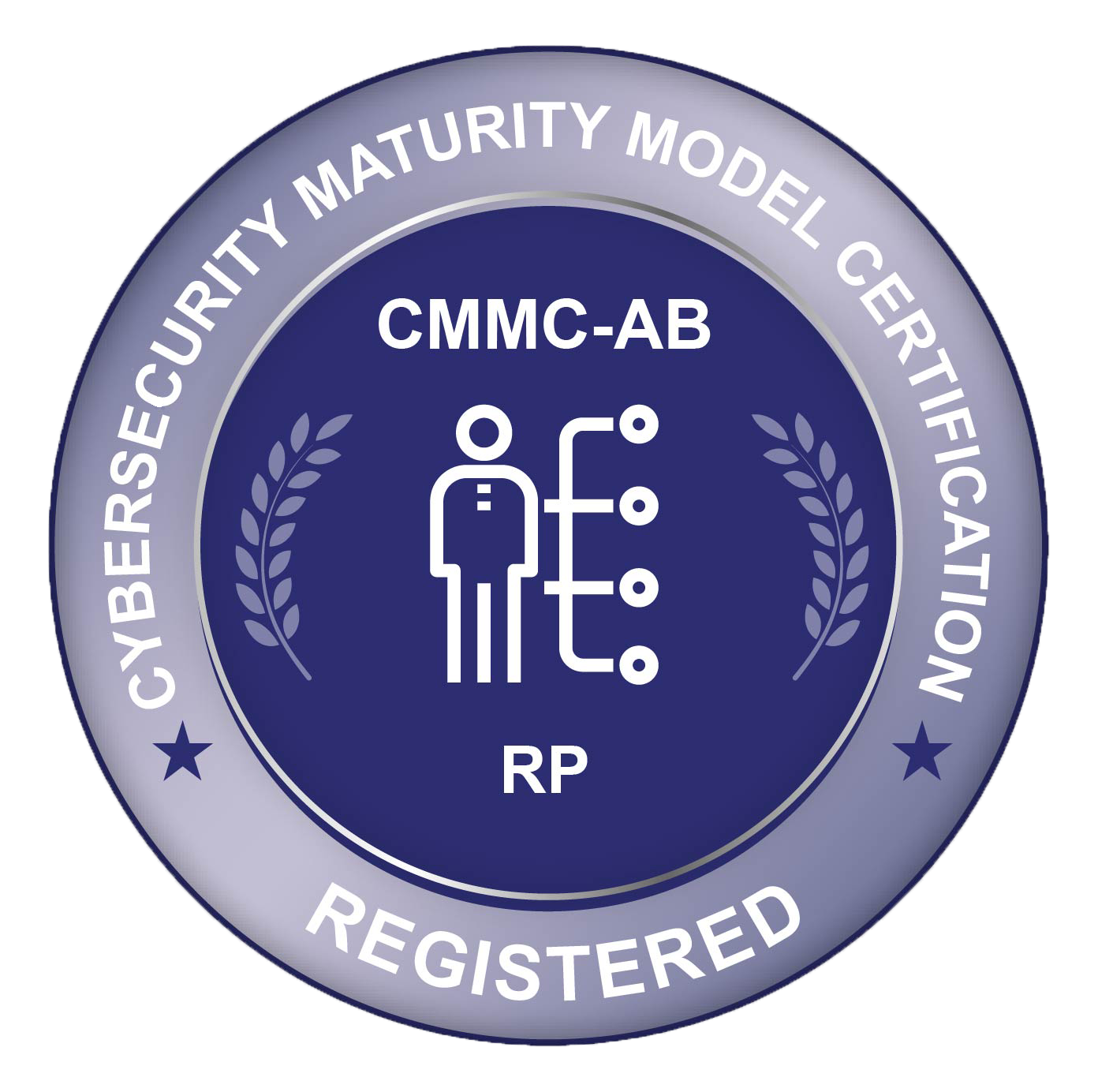Ransomware is different from conventional viruses, Trojans, worms, and Malware because it encrypts data that requires a specific encryption key to decrypt the information. Cyber attackers use the same technology that encrypts and protects financial and other confidential information transactions via the Internet. Ransomware is a threat that is constantly evolving, and as such, protection needs to be ready to evolve with it.

Defending Against an Attack
An attack occurs when unwanted or malicious plug-ins are installed in a computer system. What makes it so difficult compared to other forms of malware is that it can be difficult to detect and remove once it gets ahold of your files. As such, the best way to defend against an attack is through detection and prevention. Preventing ransomware from infecting your system is the cleanest way to fight this cyber threat. But outright prevention is not always possible. Removing ransomware before it can encrypt files is the next best thing. This is why it is crucial for businesses to have an IT services provider that can detect and fight ransomware on their behalf. However, there are steps everybody can take to reduce the risk of ransomware software infecting their system:
- Avoid clicking unsafe links
- Never open suspicious email attachments
- Keep sensitive data and information safe
- Do not use unknown or unfamiliar USB/memory devices
Ransomware has many evolving variants and proves to be a moving target. Working with some of the foremost industry security firms, there are additional current security configurations, applications, appliances, policies, and procedures that are warranted and time-sensitive. MTBW cannot emphasize sufficiently that multiple layers of security are required. Regular reviews of your security posture are paramount and ensuring that complete backups are successful and tested is of utmost importance. Normal IT business operations have an inherent level of vulnerability that, outside of disconnecting from the world, cannot be totally eradicated. But Defense in Depth security measures should be deployed to ensure your network is a formidable target.
Read the article below to learn more about how ransomware can impact a business, even one as secure as a hospital: A hospital pays a $17,000 ransom to get access back to its encrypted files.
What is Ransomware?
Ransomware is a form of malware that, in essence, holds your computer hostage. The name “ransomware” is a descriptive one, combining “ransom” and “malware”. There are a few different types of them in circulation, but all can be extremely harmful.
Some softwares will encrypt data on your device, preventing the user from accessing it like normal. Others will restrict access to a system altogether. It is called “ransomware” because the virus will demand a payment in order to unlock or decrypt your system. As the article above details, in some cases, the victims of these attacks are unable to regain access to their system. However, it is never, under any circumstances, advised that you pay the ransom imposed by these attackers. Instead, it is advised that you find a safe way to remove the virus from the system. If it can’t be removed, restoring a device to factory settings can eliminate it. However, without a safe backup, this option can be equally debilitating for many businesses and professional operations.
Forms of Ransomware
The two most common forms of ransomware are called Locker Ransomware and Crypto-Ransomware. Locker Ransomware locks users out of certain parts of their system. This makes it impossible to perform basic functions as long as the malware remains on the system.
Crypto Ransomware encrypts files on the computer. This is the type of virus that was used in the cyber attack on the hospital in the article linked above. As you can see from that example, Crypto Ransomware makes it impossible to access certain files and any data contained therein. This can be a crippling issue for many businesses and organizations, as in the example above.
Just as there are several different types of ransomware, there are also a few different methods by which it is spread. Many of them are spread through malicious email attachments or hidden within downloaded files. Phishing emails and messages are a common method used by attackers. In other cases, it can be dropped into vulnerable systems that don’t have up-to-date ransomware protection. Most ransomware is designed to remain undetected for as long as possible. This is why it’s often so crucial for your protection to be fully updated. Malware is becoming more sophisticated each day, so our methods of detecting and defeating it needs to adapt to it.
MTBW Ransomware Protection Plan
MTBW Services has developed an 18-point checklist for protection against Ransomware attacks. These protections range from software configurations available almost universally with any operating system, to Snapshot technologies that allow for the creation of automatic recovery points throughout the day. The encouraging news about these various options is that none are cost-prohibitive. There are solutions for every company size budget. Ransomware is a serious threat, and all businesses should employ some form of protection against it.
Please review your security and backup devices, software, and configuration in detail. If you need any assistance or just want some additional information please take the liberty to contact your MTBW Services representative.





